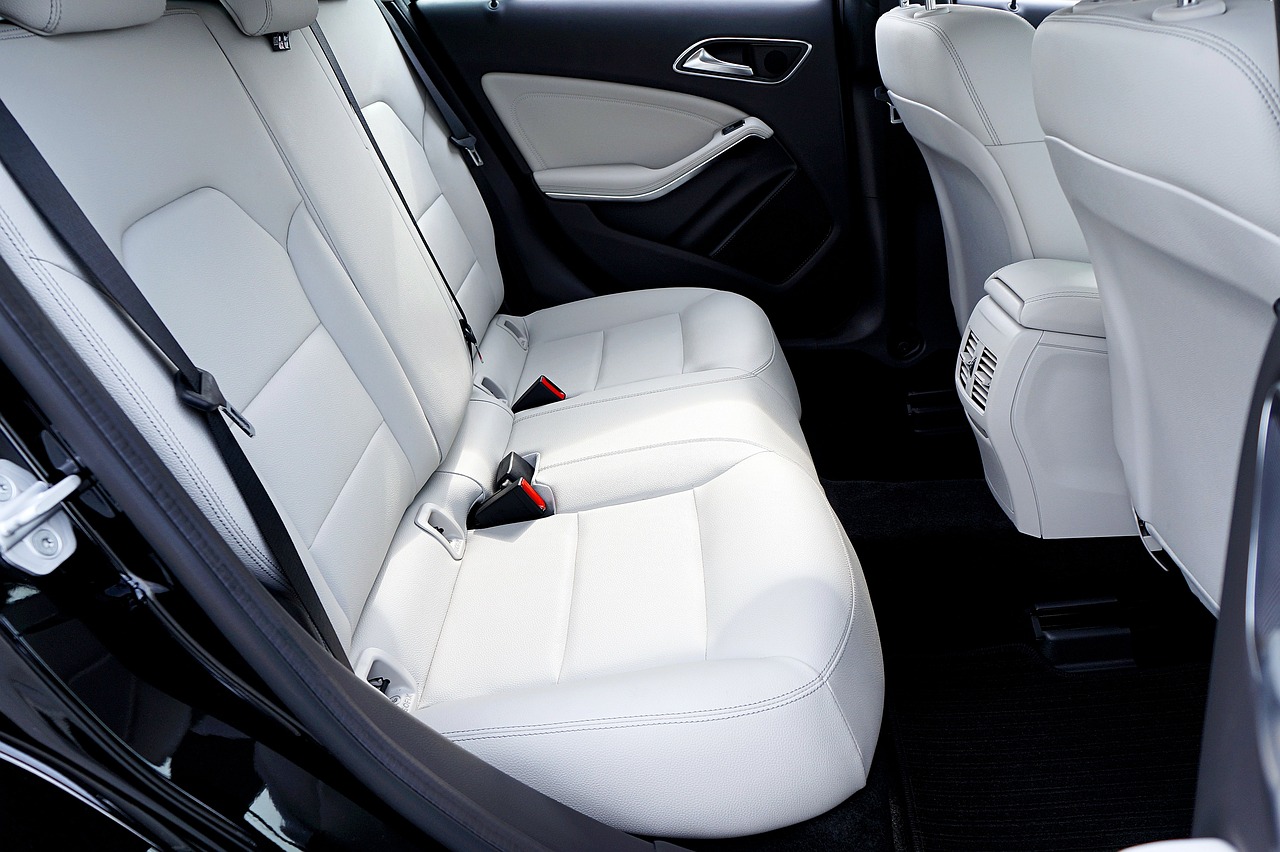The Future of Car Connectivity: From Internet of Things (IoT) to Internet of Vehicles (IoV)
In recent years, the automotive industry has witnessed a significant transformation with the evolution of car connectivity. Gone are the days of simple radio systems and manual operations; today’s vehicles boast cutting-edge technologies that integrate seamlessly with smartphones and other devices. From in-car Wi-Fi hotspots to voice-activated controls, the level of connectivity in cars has reached unprecedented heights.
One of the key driving forces behind this evolution is the demand for constant connectivity and convenience among drivers. With the widespread use of smartphones and the increasing reliance on digital services, car manufacturers have been quick to adapt by incorporating features that allow drivers to stay connected while on the road. Additionally, advancements in GPS technologies have enabled real-time navigation and traffic updates, making it easier for drivers to reach their destinations efficiently.
Enhanced Safety Features in Connected Vehicles
One significant aspect of connected vehicles is the advent of advanced safety features integrated into the driving experience. These features utilize innovative technologies to enhance the overall safety of both the driver and passengers. For instance, automatic emergency braking systems can detect potential collisions and take corrective action to prevent accidents.
In addition to collision avoidance systems, connected vehicles also incorporate features such as lane departure warning systems and adaptive cruise control. These technologies work together to provide a safer driving environment by alerting drivers of potential dangers and assisting in maintaining proper vehicle control. As the automotive industry continues to evolve, the integration of these enhanced safety features in connected vehicles is a crucial step towards reducing accidents and improving road safety for all road users.
What are some examples of enhanced safety features in connected vehicles?
Some examples of enhanced safety features in connected vehicles include automatic emergency braking, lane departure warning systems, blind spot monitoring, and adaptive cruise control.
How do connected vehicles improve overall safety on the road?
Connected vehicles improve overall safety on the road by providing real-time information on traffic conditions, potential hazards, and other vehicles in the vicinity. This allows drivers to make more informed decisions and react quickly to potential dangers.
Are there any privacy concerns associated with connected vehicles?
Yes, there are some privacy concerns associated with connected vehicles, as they collect and transmit data about the vehicle and its occupants. It is important for manufacturers to implement robust security measures to protect this data from unauthorized access.
Can connected vehicles be hacked?
Yes, connected vehicles can be vulnerable to hacking if proper security measures are not in place. Manufacturers are continuously working to improve the cybersecurity of connected vehicles to prevent hacking incidents.
What are some potential future enhancements in connected vehicle safety features?
Some potential future enhancements in connected vehicle safety features include vehicle-to-vehicle communication, pedestrian detection systems, and advanced driver-assistance systems that can take over control of the vehicle in emergency situations.







